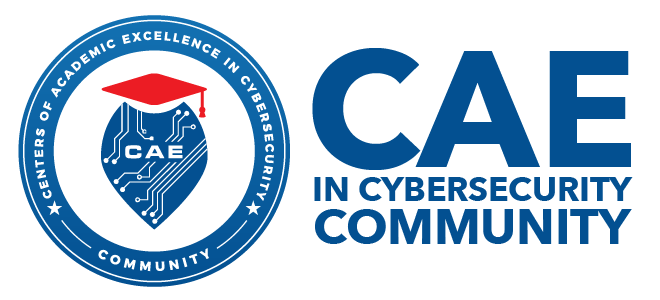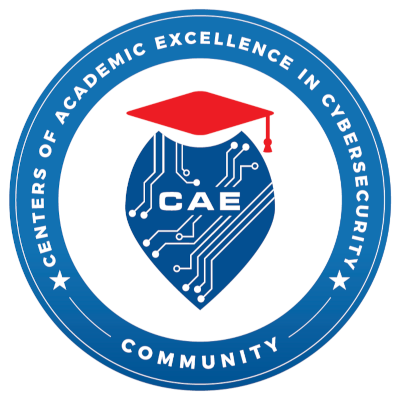Using Devops Tools to Deploy Cybersecurity Labs in Cloud Computing Environments
Hands-on cybersecurity labs are an excellent way to teach cybersecurity and for students to demonstrate knowledge. There is a large body of research on cybersecurity labs that provide examples of excellent lab environments. Due to the use of proprietary software and other factors like significant hardware requirements and large file sizes, it can be difficult to replicate these lab environments. The emergence of low-cost cloud computing resources and the automated deployment of infrastructure using DevOps tools make it easier to share and deploy lab resources.

